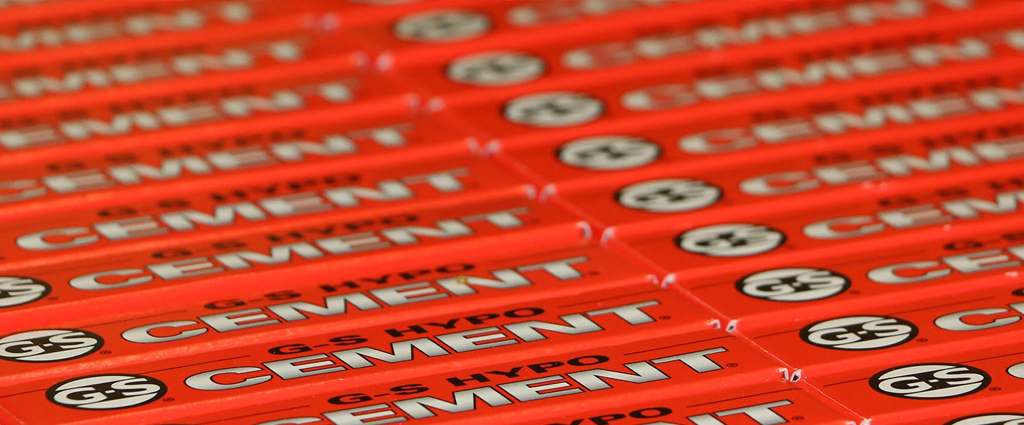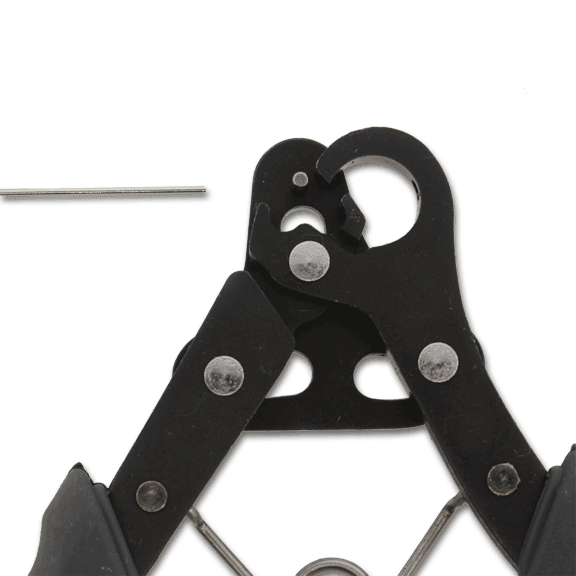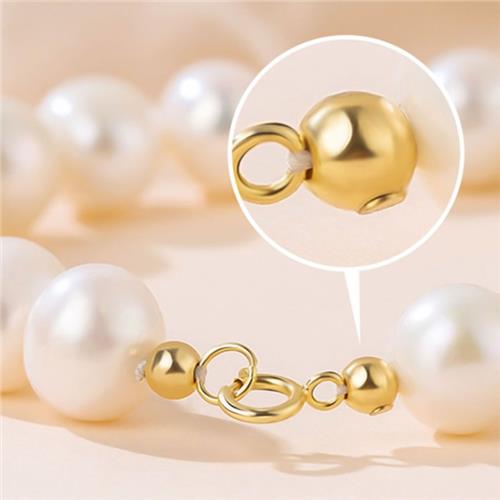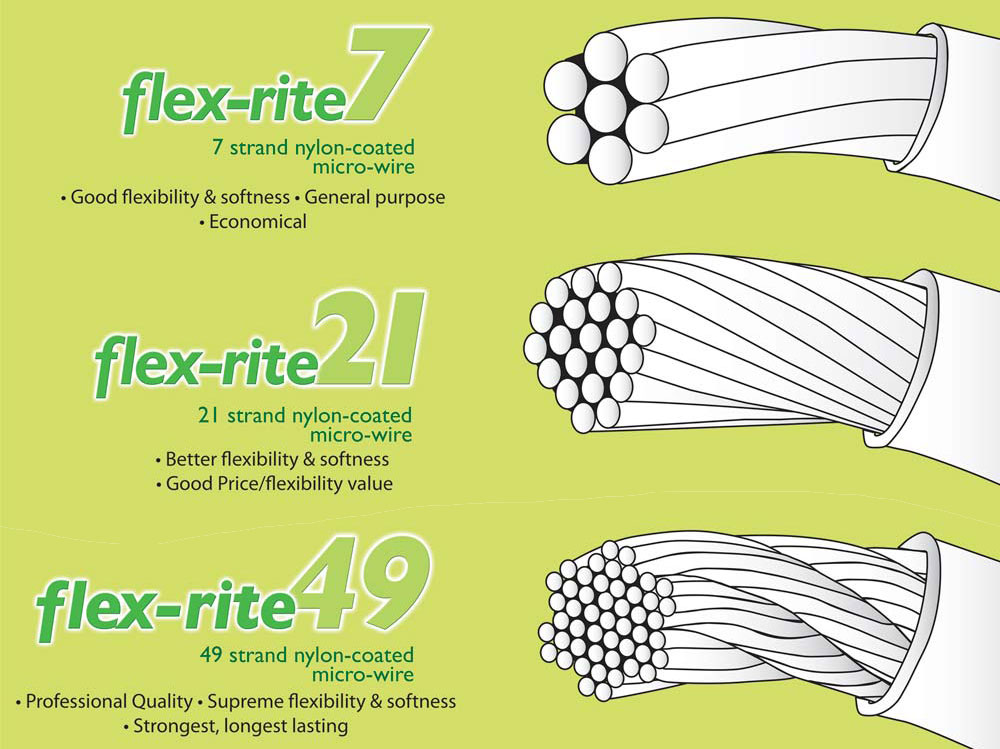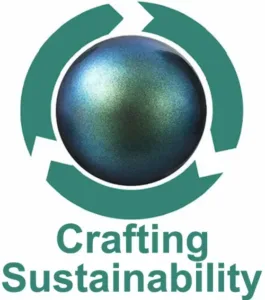Introduction
Counterfeit G-S Hypo Cement adhesives have unfortunately flooded almost every online marketplace and many retail stores in recent years. These fake products often look nearly identical to the real thing, making it very hard for customers to tell them apart at first glance. In this guide, we’ll explain how you can identify genuine G-S Hypo Cement glues, discuss the technical differences and safety implications of the fakes, and share real-world tips from the crafting community. Our goal is to educate you so that you can purchase with confidence – whether it’s from us, or any other reputable source – and avoid the pitfalls of using counterfeit glues.
The Rise of Fake G-S Hypo Cement
G-S Hypo Cement has a long-standing reputation among jewellers, watchmakers, beaders, and crafters as a reliable precision craft adhesive. Its popularity, however, has led to a surge in counterfeit versions sold on sites like eBay, Amazon, Temu, and AliExpress. The genuine product is made by G-S Supplies, Inc. in Rochester, NY (USA), and the manufacturer has no authorised distribution in China. In fact, the company explicitly warns: “We do not recommend purchasing G-S Hypo through eBay. Never purchase G-S Hypo if the seller is shipping from China”. Many of the knock-offs originate from Chinese factories and enter the market via those online platforms. Legitimate G-S Hypo Cement is shipped worldwide from the USA, so a product coming directly from a China-based seller is a red flag that it’s likely fake.
Why does this matter? Because counterfeit adhesives not only violate the G-S brand’s rights, but they can also be unpredictable in quality and safety. A cheap deal on glue isn’t worth it if the product fails to work, or contains harmful chemicals. As one crafter noted about a different glue (E6000) on a forum, she unknowingly bought a fake that caused her jewellery pieces to fall apart, whereas glue from a trusted store worked fine – the same risk applies to G-S Hypo Cement fake versions. In another case, a hobbyist ordered a “G-S Hypo Cement” tube from eBay and experienced unusually long shipping times from Asia and a very low price, hinting that the product was not coming from the genuine U.S. manufacturer. These real-world anecdotes underline how widespread the issue is and why buyers must stay vigilant.
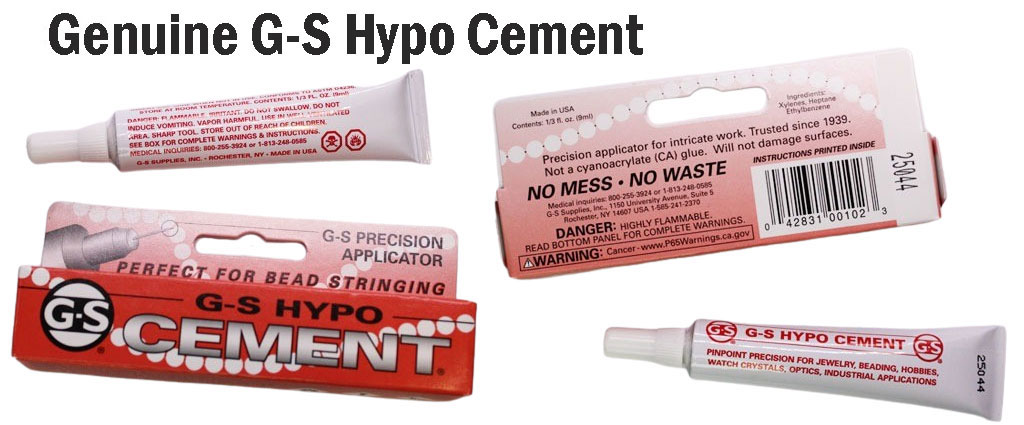
Packaging and Labeling: Telltale Signs of Authenticity
One of the first things to examine is the packaging and labeling:
Authentic G-S Hypo Cement comes in a red-and-white box with crisp printing and clear details. Each tube has a batch number printed on the crimped end (see the “25044” code on the tube above) which matches the batch number printed on the back of the box. The genuine packaging lists the uses (“for intricate work, jewelry repair, hobbies & crafts”.), and notes “Dries clear, stays clear – will not bond fingers” as key features. It should also mention the manufacturer (G-S Supplies Inc., Rochester NY, USA) and “Made in USA,” indicating its American origin.
- Batch Code: The real G-S Hypo Cement has a batch code on both the tube and the box. This number is used for quality control and traceability. If you have a genuine tube, you can even contact G-S Supplies with this number to verify when it was made. Counterfeits may lack a batch code entirely, or all units might show the same dummy number. If you don’t see any code on the tube’s crimp, or if the packaging printing looks smudged or off-colour, that’s a warning sign.
- Manufacturer Info: Authentic packages include the company’s name, address and phone number as well as “Made in U.S.A.” on the back of the pack. Look for “G-S Supplies, Inc. – Rochester, NY”, the flamability warning and a website for a government department that ends in .ca.gov. Fakes might omit a manufacturer address or use a generic phrase. Since the legitimate manufacturer never supplies this product to China, any mention of a distributor in China (or Chinese characters on the packaging) would be indicate a counterfeit product.
- Precision Applicator Tip: Both real and fake tubes usually come with the signature needle-like precision tip (a big selling point of Hypo Cement). Visually, the fakes have gotten good at copying this. However, the build quality might differ – for example, if the applicator needle or cap feels flimsy, doesn’t fit securely, or the tube metal is extremely thin, you might have a counterfeit. Genuine G-S cement tubes are well-made to prevent leakage (when used properly) and have a fine wire in the cap to seal the needle tip.
- Print Quality and Spelling: Scrutinise the text on the box and tube. Genuine G-S Hypo Cement packaging is printed clearly and free of spelling errors. Counterfeit manufacturers sometimes have typos, misaligned logos, or slightly different fonts. For instance, if the “G-S” logo (the black circle with white “G-S” letters) or the words on the tube look blurred or inconsistent with what you’ve seen before, be cautious. Real tubes say “Pinpoint Precision for Jewelry, Beading, Hobbies…” etc., and include “G-S Precision Applicator” branding – make sure these phrases appear as expected.
- Included Literature: A genuine tube comes packed into a small red retail hang-sell ready pack with detailed usage instructions printed in four languages on the inside of the box. Carefully open both ends of the box and peel it open by separating the hang-tab part of the box to reveal the “Directions” inside. A fake glue may come in a box that is blank inside or has less than four languages. There may be typographical errors in one or all languages or grammatical errors. If your box contains a separate printed sheet, that’s a red flag too. Counterfeits might not bother with any detailed instructions or might provide sub-par translations.
Technical Differences: Performance and Formula
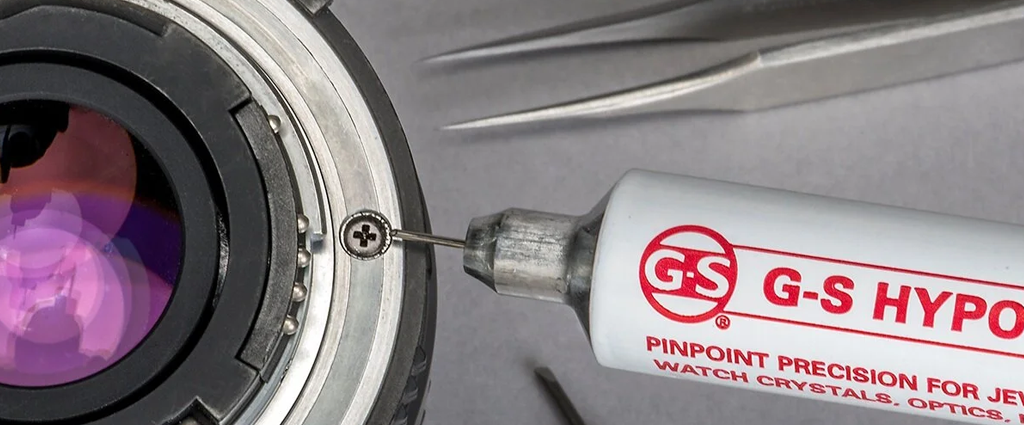
Beyond packaging, there are technical differences in the adhesive formula and performance that can tip you off:
- Drying and Curing Behavior: Authentic G-S Hypo Cement is known for drying water-clear and staying clear, with a working time of about 10 minutes before it sets. It remains somewhat flexible when cured (it’s a medium-strength cement that doesn’t get overly brittle). If the glue you bought dries foggy or yellow, or turns rock-hard and brittle, that’s not typical of the genuine formula. Some users of suspected fake cement report that it either never fully cures or, conversely, hardens too quickly in the tube. Genuine cement should allow you a few minutes to reposition parts before it grabs.
- Odor and Consistency: The real Hypo Cement does have a solvent smell (it contains ingredients like n-heptane and xylene in its formulation), but it shouldn’t smell overwhelmingly harsh or “off.” Counterfeits might use cheaper, more noxious solvents or improper chemical mixes. If you notice an extremely acrid odor or the consistency is very runny/watery (or conversely, an over-thick gel), it could be a fake. Genuine G-S Hypo is a smooth consistency that dispenses in a controlled way through the needle – it’s not as thin as water, but not as thick as a gel.
- Adhesive Strength: Real Hypo Cement is a medium-strength adhesive – it’s designed to hold beads, crystals, watch crystals, etc. securely, but it will not cement your fingers together and is not a super-glue (cyanoacrylate). If a glue sold as G-S Hypo behaves like superglue (e.g. bonding skin instantly or fusing materials on contact), that’s not the real stuff. On the other hand, if it’s too weak – e.g. jewelry components you glue keep falling off – you might have gotten a counterfeit that skimped on adhesive quality. One forum poster who unknowingly used fake glue found that her crystal bails fell off “really quickly” until she switched to a genuine adhesive.
- Stringiness and Needle Clogging: A known characteristic of real Hypo Cement is that it can form “strings” if you pull the applicator away too fast (similar to how a hot glue gun leaves strings). Authentic glue will do this occasionally, but remains usable and can be cleaned up with rubbing alcohol. If the glue is excessively stringy and doesn’t actually hold things together (or if it clogs the needle tip immediately after first use), you may question its authenticity. Genuine Hypo Cement’s needle tip should allow multiple uses as long as you cap it properly; many fakes have inferior packaging that causes the entire tube to dry up or leak once opened.
- Safety Data and Composition: Perhaps the most critical technical difference is what’s inside the tube. Authentic G-S Hypo Cement has a known formulation and comes with a certified Safety Data Sheet (SDS) that details its chemical makeup and hazards. The real adhesive is a mixture containing solvents like heptane and xylene (which are flammable and require proper labeling) and it is latex-free, vegan, and RoHS-compliant (meaning it meets strict safety standards for hazardous substances). Counterfeit glues do not provide legitimate SDS documentation – some might include a copied sheet for the genuine product, which is misleading because the fake formula could be completely different. In short, with a fake you don’t truly know what chemicals you’re getting. They could be more toxic or not meet safety regulations. For example, the counterfeit might contain excessive toluene or other banned substances to cut costs. Using an adhesive without genuine safety info puts you at risk, especially in unventilated spaces or on skin-contact items.
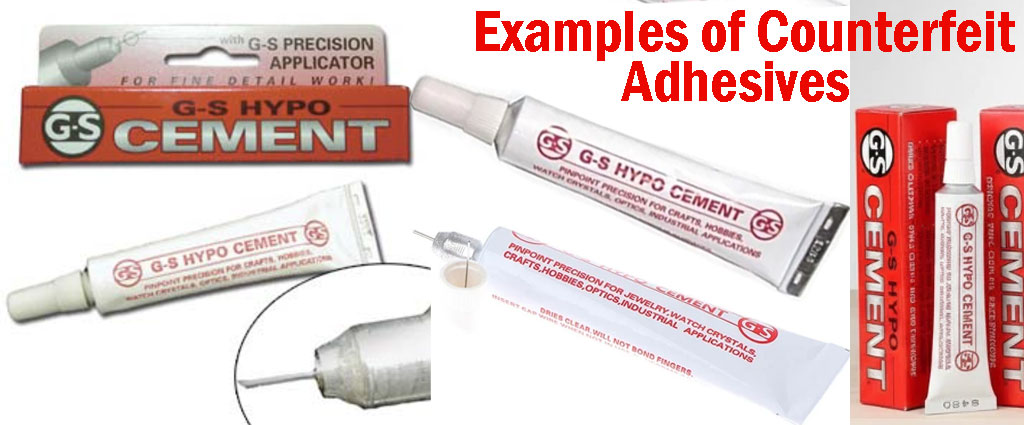
Customer Tips to Identify Fakes
Our team and others in the crafting community have compiled a few practical tips to help you determine if a G-S Hypo Cement is real or fake:
- Check the Seller and Price: Buy from reputable retailers or the manufacturer’s recommended sellers. G-S Supplies lists major craft stores in the USA like Michael’s, Hobby Lobby, JoAnn Fabrics, Rio Grande, etc., as authorised sources. If you’re purchasing online, be wary of unknown vendors offering the glue at a deep discount or in bulk from China. A deal that’s “too good to be true” often indicates a counterfeit. As 3M’s anti-counterfeit guide puts it, always buy from authorized resellers and be wary of unbelievably low prices. If a single tube normally costs around $10 USD ($16 AUD) and someone is selling it for $2 or $5, that’s a huge red flag.
- Observe Shipping Origin and Time: As noted, avoid sellers shipping from China for this product. If you ordered on a marketplace and notice the tracking is coming from China (and taking a couple of weeks), there’s a high probability the item is not genuine. Many legitimate sellers will ship from within Australia (or overseas if you’re purchasing from USA for example). A community member shared that their inexpensive eBay order had an unexpectedly long delivery from overseas – in hindsight a sign it was a knock-off.
- Batch Number Verification: Look at the batch code on your tube and box. If you’re suspicious, email G-S Supplies, Inc. with that number. They can confirm if that batch is real and when it was produced. If the seller or product doesn’t provide a batch number at all, that’s a bad sign. Genuine tubes always have one.
- Compare with a Known Genuine Sample: If possible, compare the questionable glue with a known authentic tube (perhaps one you previously bought from a trusted craft store). Subtle differences often become apparent side-by-side – maybe the colour of the cap, the exact shade of red on the box, or the printed text alignment. Counterfeiters try to copy everything, but they may use slightly different materials (e.g., a cheaper plastic cap or a different tube crimp style).
- Test on a Scrap Material: Before using the glue on an important project, you can test it on some scrap material. Authentic G-S Hypo Cement should dry clear and not melt plastics (it doesn’t “craze” or frost clear plastic) gssupplies.com. If your test shows clouding on plastic or the glue peeling off too easily after curing, something may be off. Also, genuine cement can be cleaned up with a bit of acetone or rubbing alcohol when wet gssupplies.com; if the glue reacts weirdly (for instance, fake glue might either resist acetone entirely, or conversely, turn into a gummy mess that never solidifies properly), take note.
- Trust Your Instincts: Finally, trust your gut. If the item looks cheaply made or you notice anything inconsistent (like instructions in poor English, missing logos, etc.), it’s better to err on the side of caution. You can reach out to the manufacturer or even online forums with photos if you want opinions – many experienced crafters are happy to help identify fakes once they see the packaging details.

Why Using Genuine Adhesives Is Important
Using a counterfeit adhesive isn’t just a minor inconvenience – it carries real risks:
- Performance and Project Failure: At best, a fake glue simply won’t perform well. It might not hold your jewelry or watch crystal securely, leading to pieces falling apart. This can waste your time, damage your components, and cause a lot of frustration. When you use the real G-S Hypo Cement, you’re leveraging a formula that’s been refined since the 1930s to do the job properly gssupplies.com. The genuine adhesive gives you the chance to do precision work with confidence in the bond. With fakes, you’re gambling on unknown chemistry; you might end up re-gluing things repeatedly or ruining a delicate item.
- Health and Safety: More seriously, counterfeit chemical products can pose health hazards. Remember, authentic G-S Hypo Cement comes with an SDS outlining its flammability and toxicity warnings – for example it’s flammable and can cause dizziness if inhaled in large amounts kernowcraft.com kernowcraft.com, so users take common-sense precautions (good ventilation, no open flames, etc.). A fake glue might contain unregulated, highly toxic ingredients without any warning labels. There’s no assurance that counterfeits meet safety standards like RoHS (Restriction of Hazardous Substances) which the real product complies withgssupplies.com. In the worst case, a dangerous solvent or additive in a fake could harm your health (e.g., cause severe headaches, skin reactions, or worse). As 3M cautions, counterfeit products are made with unknown processes and materials and without quality control and using them “could put you at risk.” 3m.com This is not to scare you but to underscore that glues and chemicals should be treated with the same caution as any other product you apply to your crafts (especially if those crafts are worn on the body).
- Lack of Accountability: If a counterfeit product harms someone or damages something, the rogue manufacturer is in the wind – they often have no brand or address, so you can’t contact them or hold them accountable. In contrast, G-S Supplies Inc. is a reputable company that stands by its product and provides support (you can reach out to them with issues, and they’ve maintained quality control for decades). With a fake, you’re essentially on your own.
- Ethical and Legal Concerns: Buying counterfeit goods inadvertently supports illicit enterprises. It’s not just about one tube of glue – globally, the counterfeit trade has grown to over 3% of international commerce, costing honest businesses and economies billionsa-cg.org. More disturbingly, profits from fake goods often end up in the hands of organized crime groupsa-cg.org. According to anti-counterfeiting organizations, money from counterfeit sales has been linked to transnational crime gangs and even terrorist organizationsa-cg.org. While it might seem far-fetched that a $5 glue purchase plays a role in such things, collectively these sales fund a lot of wrongdoing. By choosing genuine products, you’re refusing to reward those bad actors. You’re also helping protect the innovation and quality that companies like G-S have built over many years. In short, it’s better for everyone – you, the brand, and the consumer community – to keep counterfeits out of the equation.

Stay Safe: Purchase Smart and Educate Others
In summary, genuine G-S Hypo Cement offers reliability and safety that counterfeits simply cannot match. By knowing what to look for – from batch codes and packaging details to performance cues – you can avoid being duped by a fake. If you ever have doubts about a G-S Hypo Cement purchase, don’t hesitate to reach out to the manufacturer or consult fellow crafters online. It’s always worth double-checking.
At our store, we take this issue seriously. We source our G-S Hypo Cement directly from the official U.S. manufacturer, ensuring every tube we sell is authentic and fresh. Our goal isn’t just to sell glue; it’s to earn your trust by providing quality products. Whether you buy from us or elsewhere, we want you to have the knowledge to make informed choices. Your creative projects deserve the best chance at success – and that starts with using legitimate, safe materials.
In the end, being vigilant benefits you in multiple ways: you get the proper adhesive performance for your craft, peace of mind about chemical safety, and the assurance that you’re not inadvertently funding illegal knock-off operations. As the saying goes, “buy cheap, buy twice” – a counterfeit might save a couple of dollars now but could cost you much more in the long run. So, invest in the real G-S Hypo Cement for your projects. You’ll notice the difference in quality, and you’ll be supporting the rightful makers of this tried-and-true adhesive.
Stay safe and happy crafting! By following these guidelines and tips, you can confidently spot a fake and ensure the G-S Hypo Cement in your toolbox is the genuine article – delivering the precise, dependable results that have made it a staple in the hobby world for nearly a century.
Sources: Genuine product information and safety data from G-S Supplies, Inc.gssupplies.comgssupplies.comgssupplies.com; community experiences and manufacturer guidance on avoiding counterfeit sellerswatchrepairtalk.comgssupplies.com; technical specifications of authentic G-S Hypo Cementgssupplies.comgssupplies.com; and anti-counterfeiting resources highlighting the dangers of fake products3m.coma-cg.org. Always refer to official sources or contact the manufacturer if in doubt about a product’s authenticity.
Get your Bead-Fix and Chill!
Travis out
- VIP Specials – November 2025 - November 4, 2025
- VIP Specials – October 2025 - October 3, 2025
- VIP Specials – September 2025 - September 4, 2025


